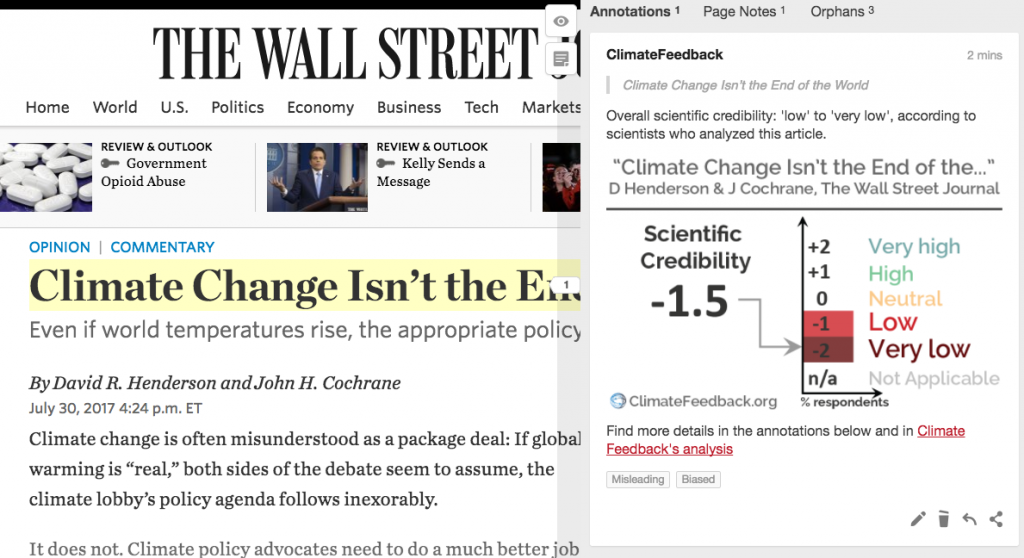The tax reform discussion includes the idea that by moving to a territorial system, US companies will bring lots of money stranded offshore back to the US, unleashing a wave of investment here. While I think a territorial system makes sense, as does reducing or eliminating the corporate tax, as a pure matter of economics, I don't think this repatriation argument makes sense.
Here's why. (The following is a story, not a fact about Apple accounting.) Apple sells an Iphone in Spain. Apple Spain pays a huge licensing fee on software, owned by Apple Ireland, so it's not a profit in Spain. Apple Ireland thus collects huge amounts of cash from all over the world, taxed at the low Irish corporate tax rate. Apple Ireland deposits this cash in an Irish bank. (I presume they do fancier things with the money, but I'm telling a story here). The cash is "stranded" overseas, right?
No. The Irish bank can lend the money anywhere. It can buy US mortgage backed securities, it can lend the money wholesale to US banks who lend it out to US businesses. It can even lend the money to Apple US. If Apple or any other US company wants to invest, they can borrow from the Irish bank. Conversely, if profits are repatriated to US banks, those banks can lend the money overseas.
If Apple's Irish bank invests exclusively in, say Spanish condos, then the Spanish bank that would have made the condo loan instead loans to the US. Conversely, even if the profits are "repatriated" to a US bank, if investment opportunities are better abroad, that's where the investment will happen.
You can't avoid two fundamental truths: 1) Money is fungible. 2) Savings - Investment = Net Exports.
Yes, there are some second order effects. If money comes back to US banks, US banks get to earn the fees. Internal capital can be cheaper then external; it's inefficient to send your own money to yourself through a bank. But these are second order, and that's not the argument being made.
It's still a good idea, but for other reasons. Reduction or elimination of corporate taxes will make US investment more profitable, and that will attract money from abroad. But don't count on a wave of repatriated profits to mean much more than a big financial change. Even if it happens. There are many other reasons to keep pots of money overseas these days. Bad arguments for good policies are not, in the end, a good idea.


